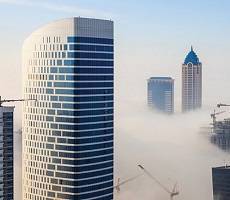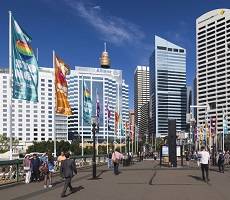November 25, 2015
Northern Powerhouse office market showing strong performance levels 0
When the Chancellor of the Exchequer George Osborne announces the Spending Review today, he’s likely to mention the Northern Powerhouse, the programme to rebalance the UK economy by pushing growth in England’s northern cities. His vision of this form of one nation conservatism may have helped to increase occupier and investor confidence across the Northern Powerhouse office markets, as illustrated by the Northern Powerhouse Office Market Report 2015/16, published by Lambert Smith Hampton (LSH). It shows strong performance across the eight key markets so far in 2015 – with combined take-up expected to reach 5.2m sq ft by the end of the year compared with 4.6m sq ft in 2014. Manchester city centre is leading the way and is on track for a record year, with almost 1.4m sq ft of office space expected to be let or sold by the end of 2015 – well above the 10-year annual average of 966,000 sq ft.



































